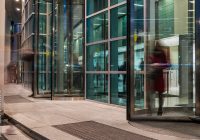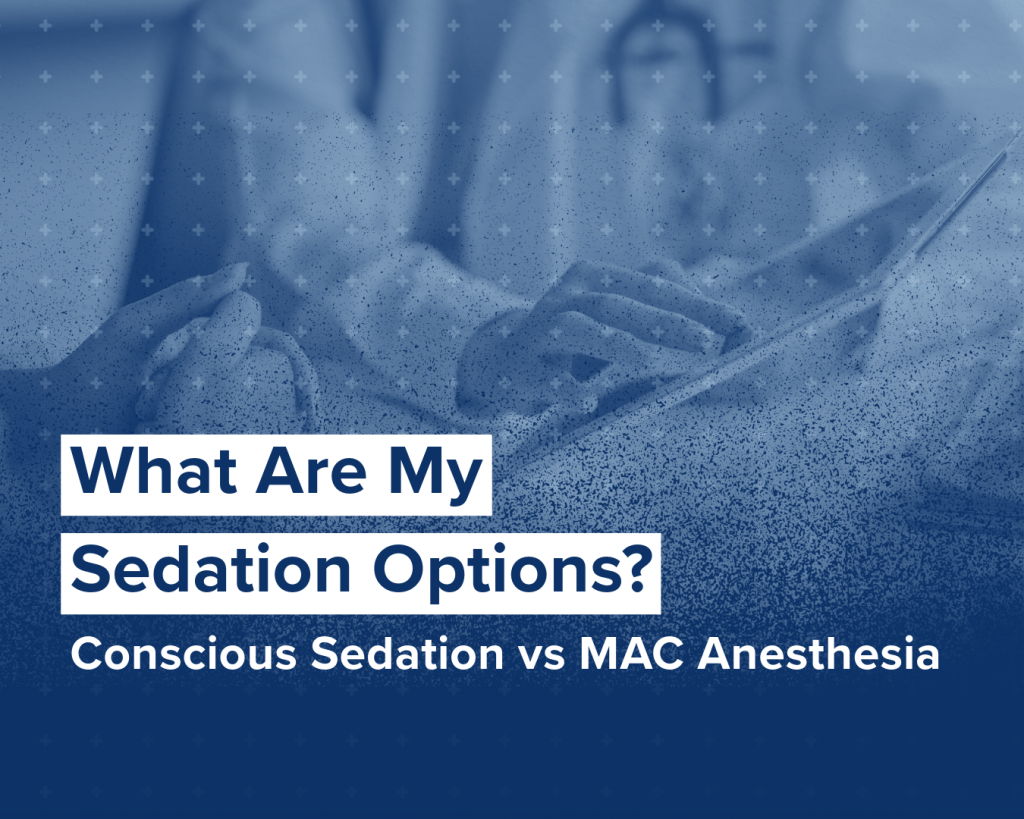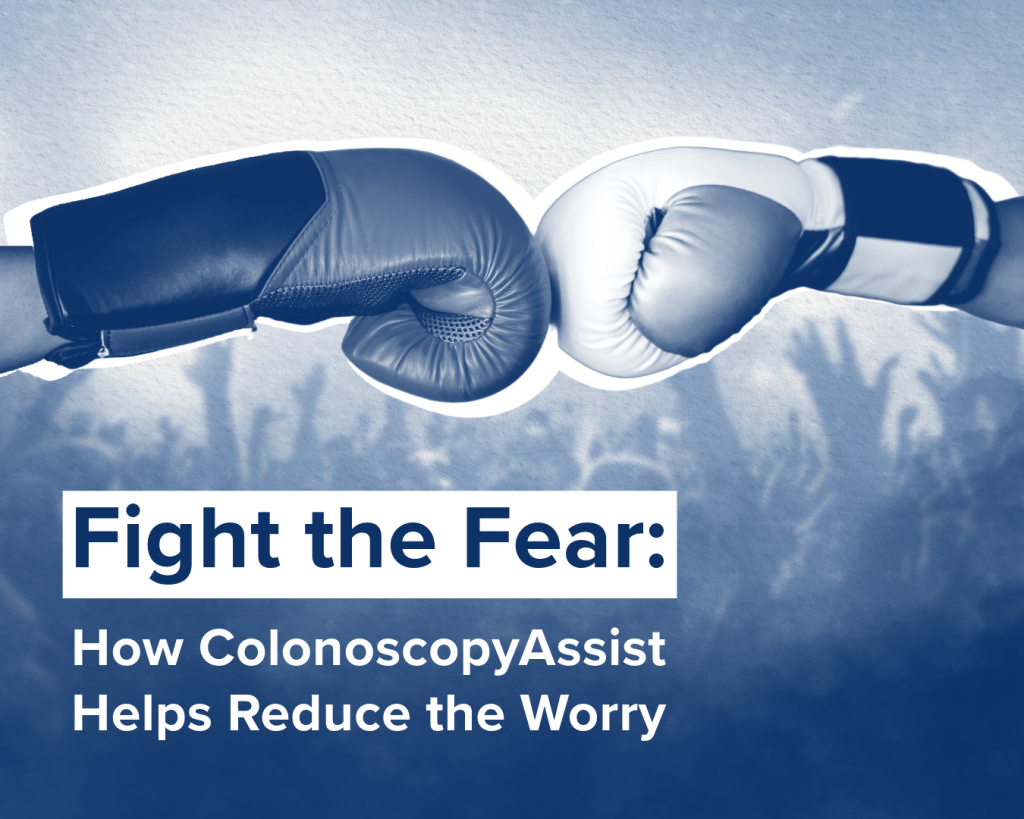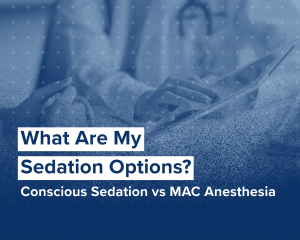What Are My Sedation Options?
When preparing for a colonoscopy or upper endoscopy, you have two main types of sedation options:
- Conscious Sedation (also known as Twilight Sedation)
- MAC Anesthesia (Monitored Anesthesia Care)
At ColonoscopyAssist, most of the gastroenterologists that participate in our program offer MAC anesthesia by default but are able to accommodate conscious sedation when requested. Understanding these sedation methods can help you make an informed choice for your upcoming colonoscopy or upper endoscopy.
Conscious Sedation
Up until a few years ago, Conscious sedation was the most commonly used form of sedation during a colonoscopy and upper endoscopy in the USA. It was also the type of sedation recommended by Medicare for a colonoscopy or upper endoscopy. It is the same kind of sedation that you receive when you have your wisdom teeth extracted at the oral surgeon.
The sedation, usually a mixture of Demerol & Versed or Fentanyl & Versed, is administered to the patient via IV. As the name suggests, you will be heavily sedated but conscious and will be able to somewhat respond to verbal stimulation. Depending on the individual, the sedation could takes up to a few hours to wear off after the procedure. The facility will usually keep you in a recovery bay until they feel enough of the sedation has worn off for you to leave the premises safely. You will be required to have someone pick you up from the facility and ensure that you reach home safely. You will not be allowed to operate a vehicle or any machinery that day.
An anesthesiologist is not required to administer conscious sedation as gastroenterologists and surgeons are adequately trained to administer the sedation. Since the performing physician administers the sedation themselves, typically the cost of conscious sedation is very minimal. At ColonoscopyAssist, the cost of sedation is always included in the cost of your procedure.
“Conscious sedation is a combination of medicines to help you relax (a sedative) and to block pain (an anesthetic) during a medical or dental procedure. You will probably stay awake but may not be able to speak. Conscious sedation lets you recover quickly and return to your everyday activities soon after your procedure.” (http://www.nlm.nih.gov/medlineplus/ency/article/007409.htm)
MAC Anesthesia
MAC Anesthesia stands for Monitored Anesthesia Care and is another form of sedation that can be used during a colonoscopy. In the past few recent years, it has gained wide acceptance and become the popular choice of sedation for colonoscopy.
With MAC anesthesia, you will be put to sleep and will be unconscious however, you will be able to breathe on your own without the need of a ventilator or breathing tube.
MAC Anesthesia commonly uses the drug Propofol and is administered to the patient via an IV. This type of anesthesia gives comfort and amnesia to patients that are anxious and also gives the advantage of a much quicker recovery than conscious sedation. The patient gets up from the induced sleep almost instantly after medication is stopped and a large part of the effects of the drug wear off in less than 20 minutes. The quick recovery time, is one of the reasons why MAC anesthesia has become so popular. From a facility operations perspective, it allows a quicker turn around time for procedures. Even with the quick recovery time, patients will still need someone to pick them up and ensure that they get home safely. You will not be allowed to drive or operate heavy machinery for the rest of the day.
Only an anesthesiologist or a licensed CRNA can administer MAC Anesthesia. Gastroenterologist performing the procedure will not administer the drug. Due to an additional physician or nurse being involved, there is usually an additional anesthesia fee involved with your procedure. At ColonoscopyAssist, the cost of anesthesia is included in the cost of your procedure if the facility offers it.
Please note: The information on this website is provided by ColonoscopyAssist for educational purposes only. It is not a substitute for professional medical care or advice.


























